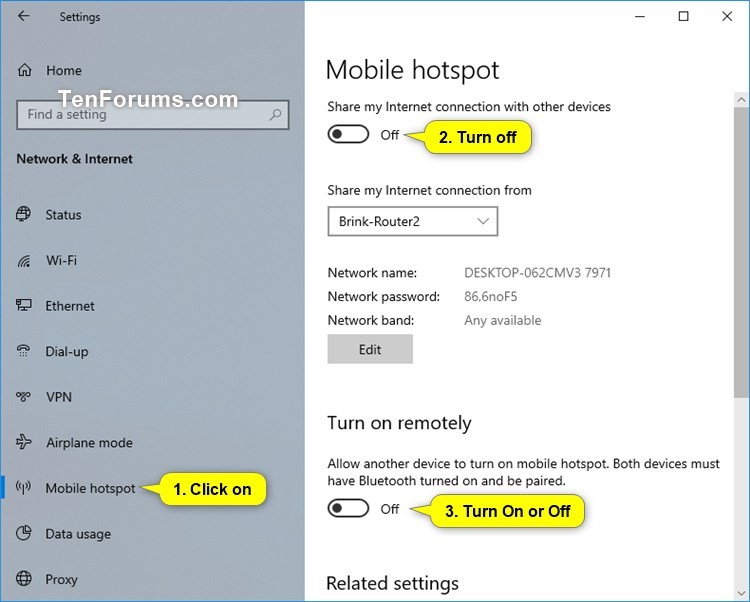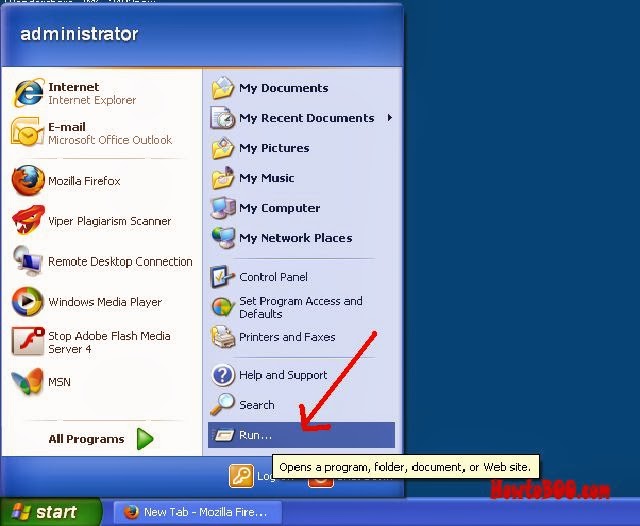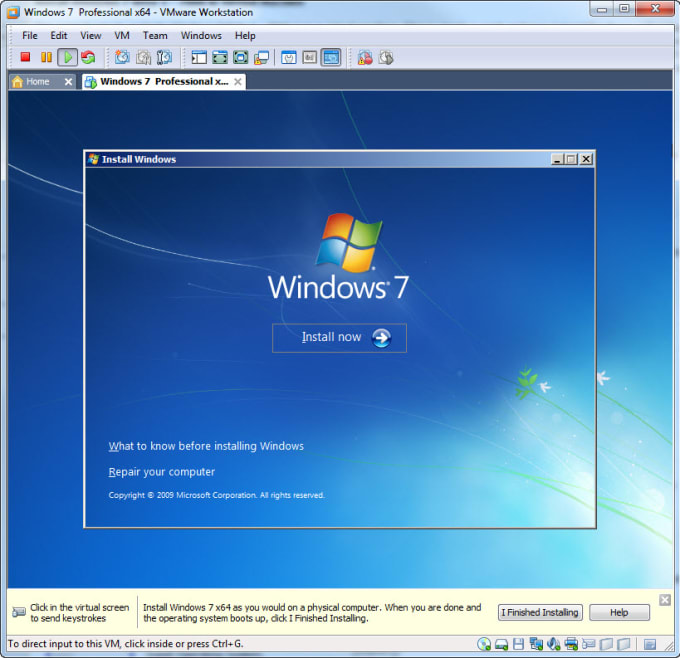

You will need this name to setup remote access.Ħ.) Click on the Remote tab at the top. (If this has already been done, skip to step 6 to continue setup.)ģ.) On the desktop of the office computer you will be remoting into, right click on This PC and select Properties.Ĥ.) Note the Full computer name listed.

Close this window, click the plus symbol Add Method to add another method and follow the instructions on the screen.Ģ.) Ensure that your office computer can allow for remote access and you know the PC name. If you do not see this as an option from the list, you will need to add this method. For Default sign-in method click the Change link.ġ.c) Select Microsoft Authenticator – notification from the drop down menu. To change your default authentication to the Authenticator App:ġ.b) Select Security Info in the left navigation (if it isn’t selected already).

A staff guide to working remotely is also available.ġ.) First, you will need to set your MFA Authentication to default to the Microsoft Authenticator App (at this time, this is the only method you can use with MS Remote Desktop). To access tamba and other file shares (zep, tcdata, tbos) from off-campus, please use Mac Forticlient VPN instead. For access to library databases and online journals from off-campus, use the library instructions for EZProxy instead. The better way must be using a SSH key instead.Please note that Microsoft Remote Desktop should only be used for connecting to office computers on campus running Windows. The annoying thing is that each time the window reloads and when I start VSCode, I need to manually type in my lengthy password. Use SSH key to avoid using password login

In my case is ssh myusername A password prompt will of course kindly show up. Then simply ssh into the Ubuntu environment on Windows 10 host machine using the username and password created for the Ubuntu distro. The second step is to install the Remote-SSH extension on VSCode. The post is in great detail with step-by-step guidance. Then I follow the instruction in SSH on Windows Subsystem for Linux (WSL). This will be the remote environment that I work in. I use the Ubuntu 18.04 LTS distro but other Linux distros should work just fine. It is now super easy to do with the Windows Subsystem for Linux (WSL). The first step is to enable remote SSH login on the Windows machine. I don’t want to use Remote Desktop every time I need to do some coding, so I decided to make it so I can code remotely on the workstation but from the lovely VSCode on my little MacBook. Yet the workstation is based on Windows 10 and sitting behind the university VPN. Now I only need a MacBook (1.3 GHz dual-core i5) to do all my work anywhere, thanks to a powerful workstation provided by the university.


 0 kommentar(er)
0 kommentar(er)
